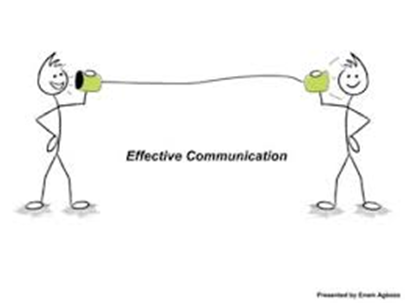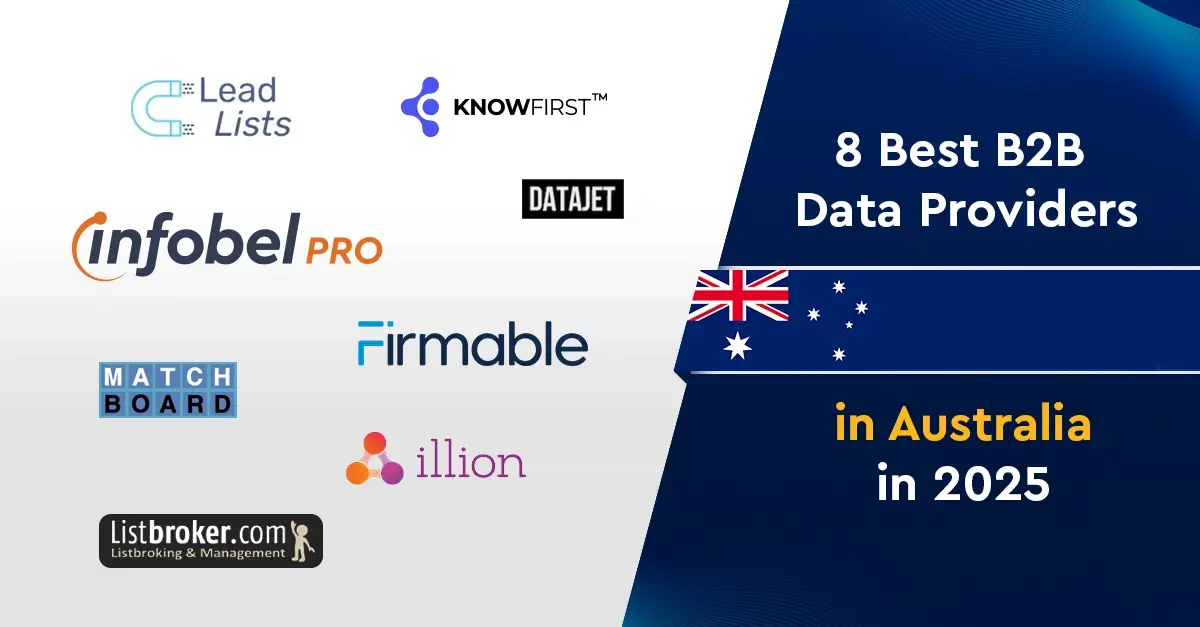The modern day sales environment required a salesperson to be skilled in different areas. However, hot call tactics involve calling prospects and cold calling requires however, warm calling, and cold calling are the most common strategies though seemingly alike on the surface, these differ in strategy, way of implementing it and effectiveness.
These differences are not just about the words but are an essential and often deterministic factor that leads you in how well you sell products or even direct sell your services.
What is Cold Calling?
One of the oldest and most conventional sales methods is how to cold call or calling. Cold calling meaning is to advertise a form of marketing that entails contacting prospective customers or clients who have yet to have a previous association with a company and its products or services.
This needs to take several nets and hoping to catch a few fish that would be interested. This is a positive rather than an easy strategy that requires approaching people who might need more preparation of having the conversation.
”People buy from people they like and trust.”
Jill Konrath
 |
What is Warm Calling?
However, Warm Calling is a refined sales contact form that focuses on relationships. In this approach, you reach out to people who have already signaled a little interest or expressed interested in involvement in your business or product.
This initial interest could manifest in various forms: they might have filled out a form on your website, interacted with your company at an event, or even come as a referral from an existing customer.

Warm Calling, therefore, is about nurturing an already grow the seed of interest. It's a more direct mail personalized approach where the salesperson has the advantage of some prior contact or connection with future customer. This existing familiarity often makes the conversation more receptive.
The potential customer is more likely to engage since they need to start from the point of zero knowledge or interest.
”The most effective sales professionals are not pushy or aggressive. They are consultative and helpful”
Neil Rackham
What Is the Difference Between a Hot Call and a Cold Call?
The difference between warm and cold Calling is that cold calling definition primarily rooted in the potential customer's prior familiarity and relationship with your business. In cold Calling, you're reaching out to individuals who have yet to have had any previous contact or connection with your brand. This lack of familiarity means that the initial part of the conversation often involves breaking the ice and quickly establishing a rapport. The salesperson has to skillfully guide prospective customer through the initial skepticism or indifference and lay the groundwork for a meaningful dialogue about the product or service.
Cold Calling is a numbers game; it's about reaching as many potential customers as possible, knowing that only a tiny percentage will result in a successful interaction. This approach social selling also demands persistence, resilience, and excellent communication skills, as rejection is a standard part of the process.
On the other hand, warm Calling is more about deepening an existing connection. Here, the sales personnel or potential customer has already shown some level of interest, be it through interacting with your website, attending a webinar, or through a previous purchase. This prior touchpoint means the conversation starts on a warmer note. The salesperson can reference the existing connection, making the sales contact form engaged warm call feel more personalized and less intrusive.
Hot Calling: a Quick Overview
Hot Calling represents the peak of targeted sales and marketing strategies. It involves reaching out to leads who have demonstrated a clear interest or intent to purchase your product or service. These individuals might have actively engaged with your marketing content, requested a demo, or added items to a shopping cart on your website. They are not just aware of your brand; they are considering a purchase.
In hot Calling, the conversation is usually more straightforward and focused on the contact details, finalizing details, addressing specific concerns or queries, and facilitating the purchase process. It's less about persuasion and more about assisting and advising.
Understanding the Customer's Perspective
When discussing sales strategies like cold, warm, and hot Calling, it's essential to consider how these tactics are received from the customer's point of view. This perspective is crucial because the customer's reaction to sales strategy significantly influences the success rate of the call and, by extension, the sales process.

The Reception of Cold Calls
Cold calls are often unexpected and, to some extent, unsolicited calls can be perceived as intrusive. For many customers, receiving a call from an unknown salesperson about a product or service they have yet to express interest in can feel disruptive.
The call might come at an inconvenient time, or the product being offered might need to align with their current needs or interests. Consequently, cold calls can sometimes lead to a negative initial impression of the company, making the salesperson's job of building trust and interest more challenging.
Warm and Hot Calls: a Preferred Approach

In contrast, warm and hot calls from sales teams generally have a more positive reception. Since these calls are made to individuals who have already interacted with the sales team or shown interest in the company, they are perceived as something other than bothersome. Instead, they're often seen as helpful follow-ups or valuable information sources.
With warm calls, customers are usually more willing to engage in conversation. They may have questions about the product or service or be interested in learning more about what your company offers. This existing level of interest provides a solid foundation for the salesperson to build upon, making the call more of a two-way interaction rather than a sales pitch alone.
Hot calls are even better received. These calls are made to customers who are already considering a purchase, so they are typically viewed as timely and relevant. Customers at this stage often appreciate direct contact with sales reps, as it gives them an opportunity to clarify any doubts, ask specific questions, and receive personalized assistance, which can be a deciding factor in their purchase decision.
Empathy and Understanding in Sales Calls

Regardless of the type of call, one of the most critical factors from the customer's perspective is the salesperson's ability to demonstrate empathy and understanding. Recognizing and respecting the customer's needs, preferences, and current position can significantly impact the sales call's outcome.
Tele calling: Where Does it Fit in?

Tele calling is a term that broadly covers various forms of telephone-based sales and other marketing campaigns and techniques, including both cold and warm Calling. It's a versatile tool in the sales arsenal, allowing for direct, personal communication with potential customers. The key differences and distinction between cold calling definitions of tele calling lies in its method of delivery the telephone rather than the relationship status with the potential customer.
Tele calling is effective because it allows for immediate interaction and feedback from salespeople engaged the lead. Unlike email or social media outreach, Tele-calling facilitates real-time dialogue, enabling salespersons to quickly gauge a customer's interest, clarify doubts, and respond to objections.
This immediacy can be a significant advantage in moving a sales conversation forward.

Best Practices for Effective Calling

Effectual Tele-calling, whether it's hot and cold calling, warm, or hot Calling, hinges on several essential practices:
Understanding the Customer's Needs:
Before even picking up the phone, it's essential to have a clear understanding of who the customer is and what they might need. This understanding can come from market research, previous interactions, or analytics data.
Tailoring the conversation to address specific needs or interests makes the call more relevant and engaging for the customer.
Effective Communication:
Clear, concise, and compelling communication with new customers is crucial. This involves not only how you convey your message but not only factor but also active listening.
Paying attention to what the customer says (and doesn't say) can provide valuable insights and help steer the conversation in a productive direction.
Respectful Approach:
Respecting the customer's time and preferences is fundamental. This means being polite, not overly pushy, and being willing to end the call if the customer is not interested. It's about building a relationship, not just making a sale.
Follow-up Strategy:
Effective tele calling doesn't end when the first call does. Having a follow-up strategy is essential. This could mean scheduling another call, sending over additional information, or adding the customer to a nurturing campaign.
The follow-up should be tailored to the customer's interest level and the outcome of the first sales call.

Wrapping up: Mastering the Art of Sales Calling
Cold Calling, often seen as the most challenging yet foundational approach, demands persistence, skill, and a keen ability to turn initial disinterest into opportunity. Warm Calling, on the other hand, capitalizes on preexisting interest or prior engagement, allowing for more personalized and fruitful interactions.
Hot Calling, representing the pinnacle of targeted outreach, involves engaging with hot leads, primed for conversion, necessitating precise identification and a detailed approach.
Understanding the customer's perspective is crucial across all these methods overall sales strategy. The customer's reception of a call be it cold, warm, or hot can vary significantly based on their prior experience with the brand, the timing of the call, and the relevance of the conversation to their current needs.
The key points the art of sales calling, therefore, lies not just in the message but also in empathetic delivery and respect for the customer's context and preferences.
”The sale is never about the value proposition the product. It's about building a relationship with sales person and the customer.”
Brian Tracy



.webp)


Comments